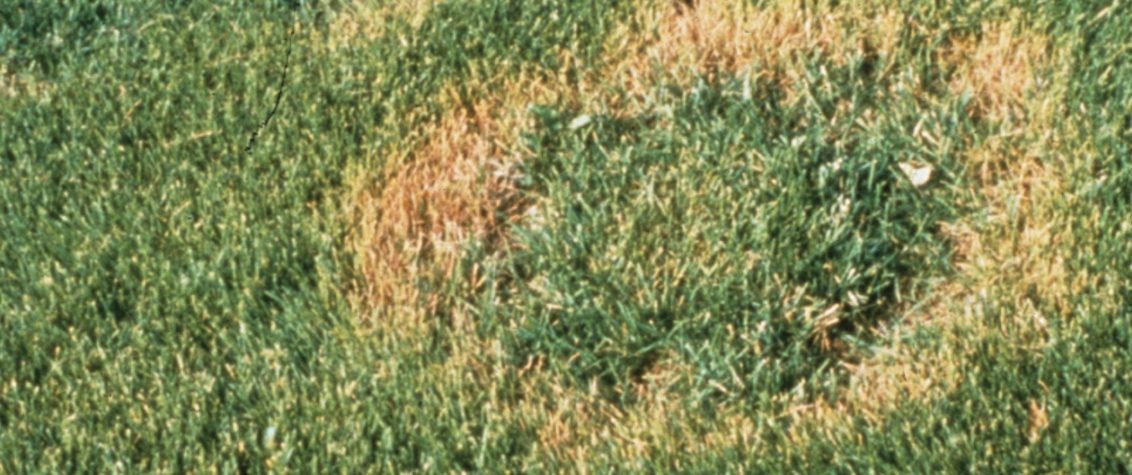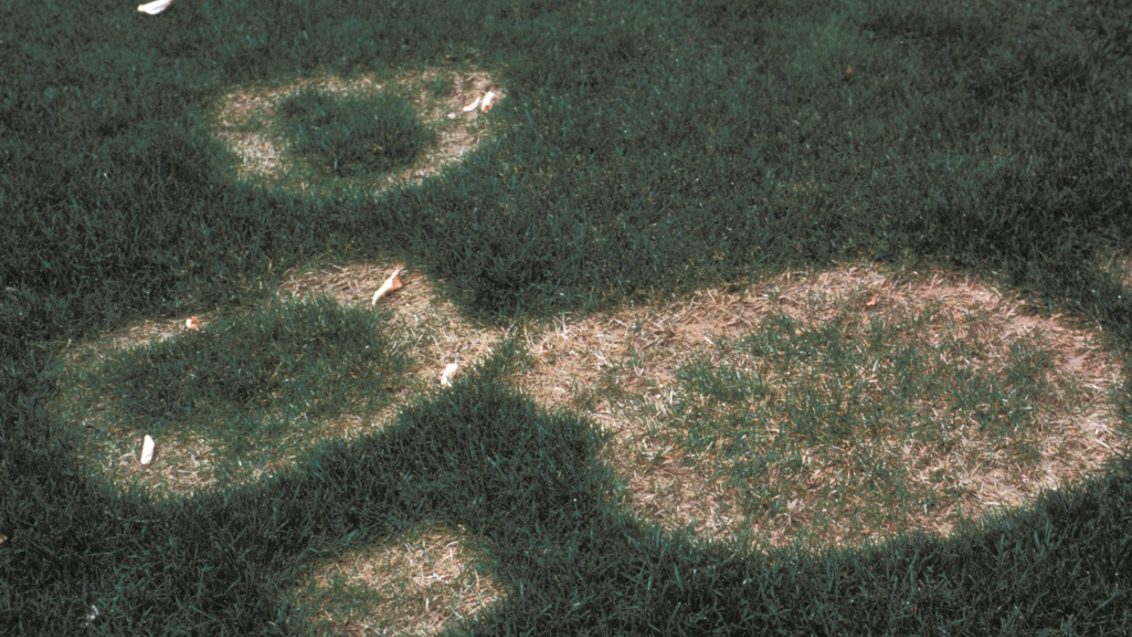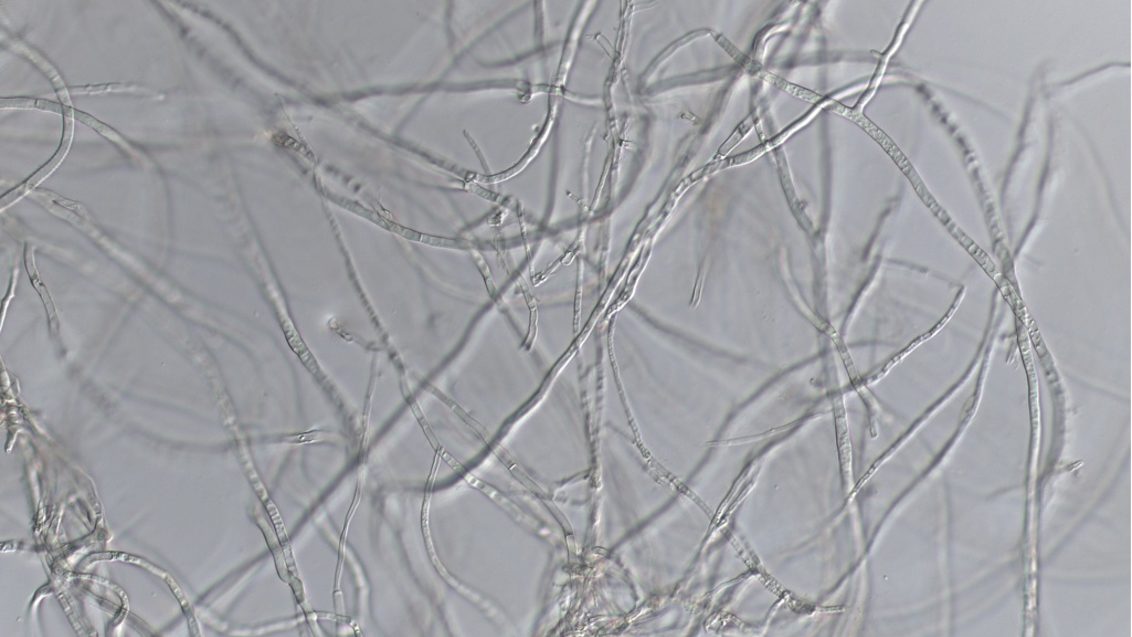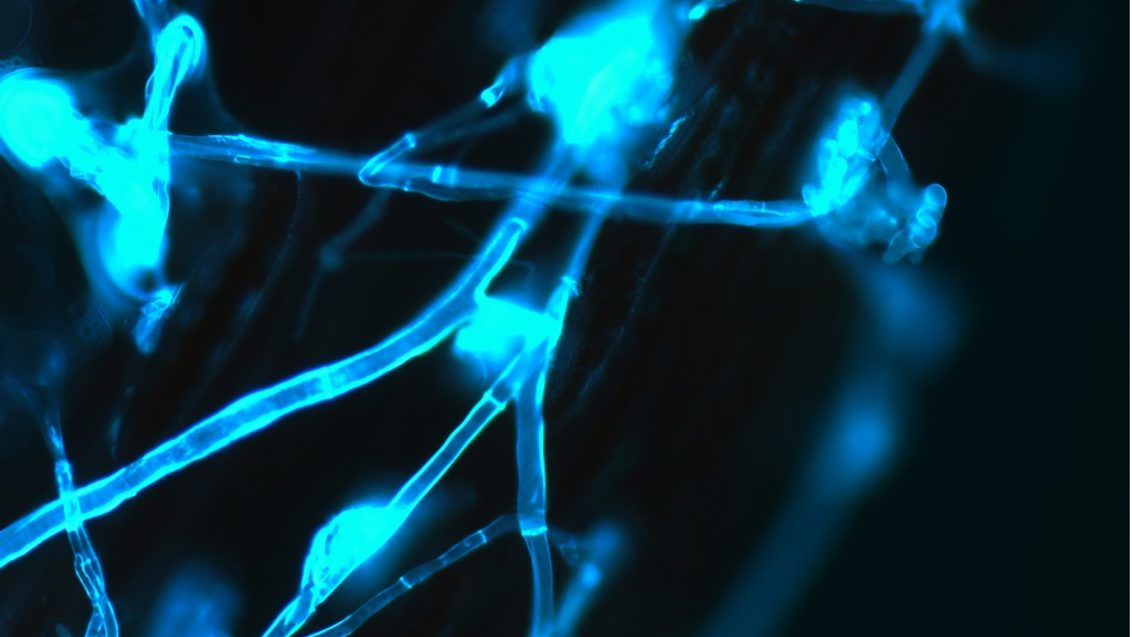Necrotic Ring Spot
Turf Disease
Susceptible turfgrass: Kentucky bluegrass, annual bluegrass, rough bluegrass and fine-leaf fescue.

Symptoms
Necrotic ring spot first appears as small light green spots and progresses to thinned, circular patches that are yellow to light-green in colour and approximately 8 to 40 cm in diameter.
The patches, which can expand up to 1 m in diameter, eventually turn brown or straw-coloured and die.
The roots and rhizomes of the affected turfgrass turn brown to black. Grass plants can survive and recolonise the centre of the patches, which leads to a ring-like appearance.
Conditions favouring disease
Necrotic ring spot initiates in moist soil, thrives in temperatures of up to 27°C and becomes more severe in higher temperatures and drought conditions.
Seeded sites, as well as sodded sites in newly cleared woodlands, are susceptible to this disease.
It is also found in areas with compacted soil and that are high in nitrogen during the Spring and Summer.
Integrated turf management
Raise mower height.
Reduce soil compaction through aerification and use of lightweight equipment.
Use moderate to high amounts of phosphorous and potash.
Maintain adequate nitrogen and a balanced fertility.
Minimise the amount of shade.
Lightly irrigate (approximately 2.5 mm) in the mid-afternoon on a daily basis to cool plants.
Avoid drought stress.
Top-dress and aerate turf as needed.
Reduce thatch.
Overseed with perennial ryegrass or more tolerant bluegrass cultivars.
Apply penetrant fungicides on a preventive basis.
Fungicidal Control
Heritage has a label recommendation for necrotic ring spot in South Africa.




